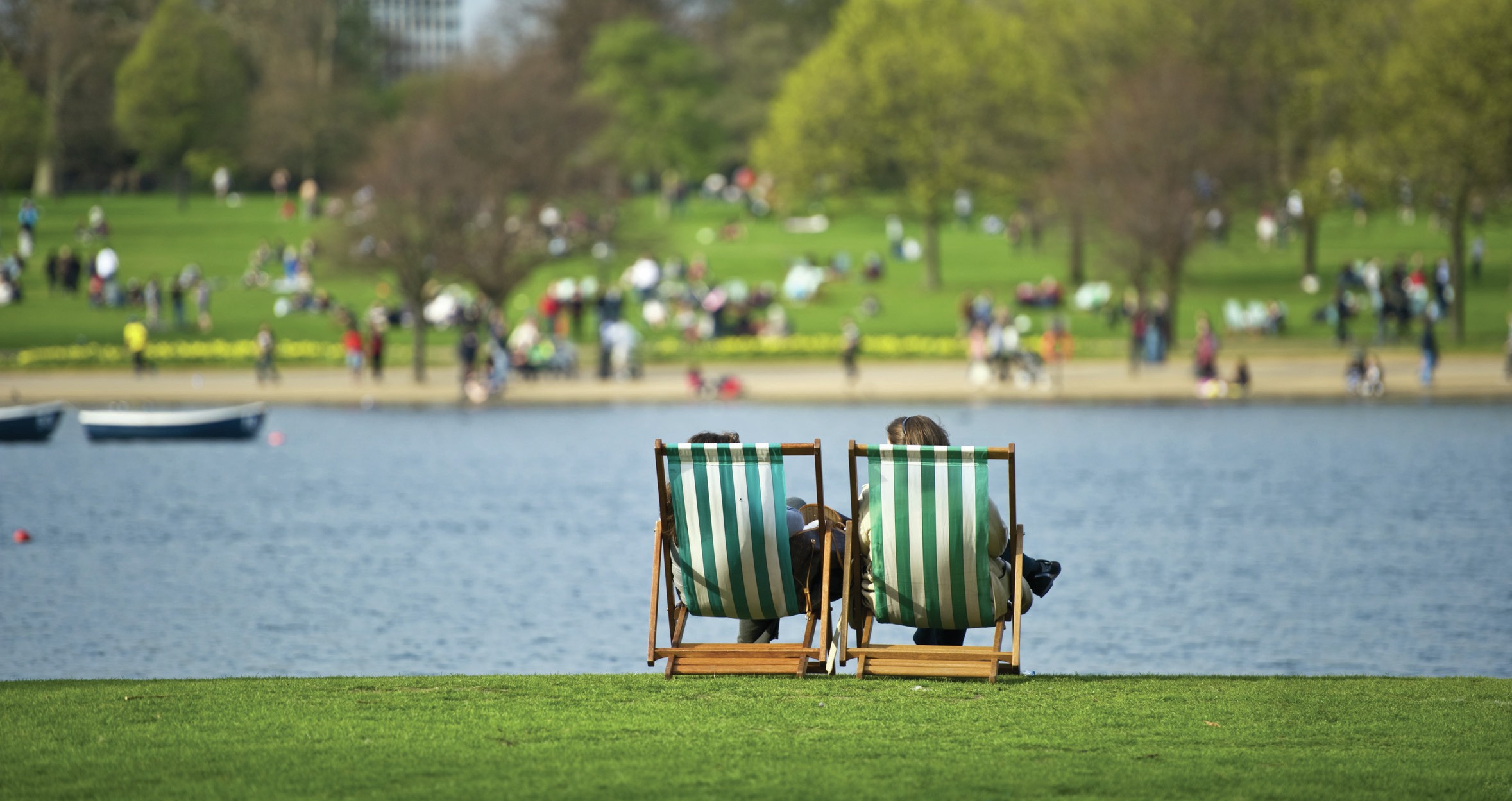
The psychogeography of a place can be described as the hidden landscape of atmospheres, histories, actions and characters which charge the environment. We can use it to try and understand how the built environment is linked to the human environment, uncovering a ‘textured’ or layered view of a place. This means using a range of complementary (and sometimes unusual) qualitative recording methods to create a portrait of a location, using different information from that we normally collect in fieldwork. There are no land-use maps, questionnaires or pedestrian counts here.
This Practical Geography explains how psychogeography can be used as either a standalone fieldwork technique or to supplement existing fieldwork approaches, especially semi-quantitative surveys such as environmental quality. Carrying out this type of fieldwork forces you (the researcher) to take a different view of people and places. In this way you develop a better connection to the location and can be more critical and ref lective when discussing your fieldwork.
Your organisation does not have access to this article.
Sign up today to give your students the edge they need to achieve their best grades with subject expertise
Subscribe




